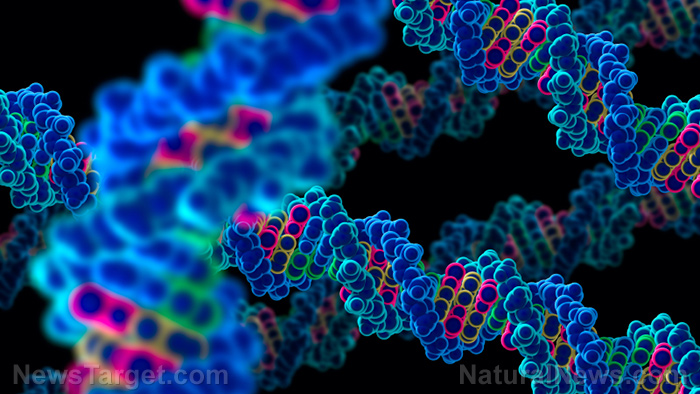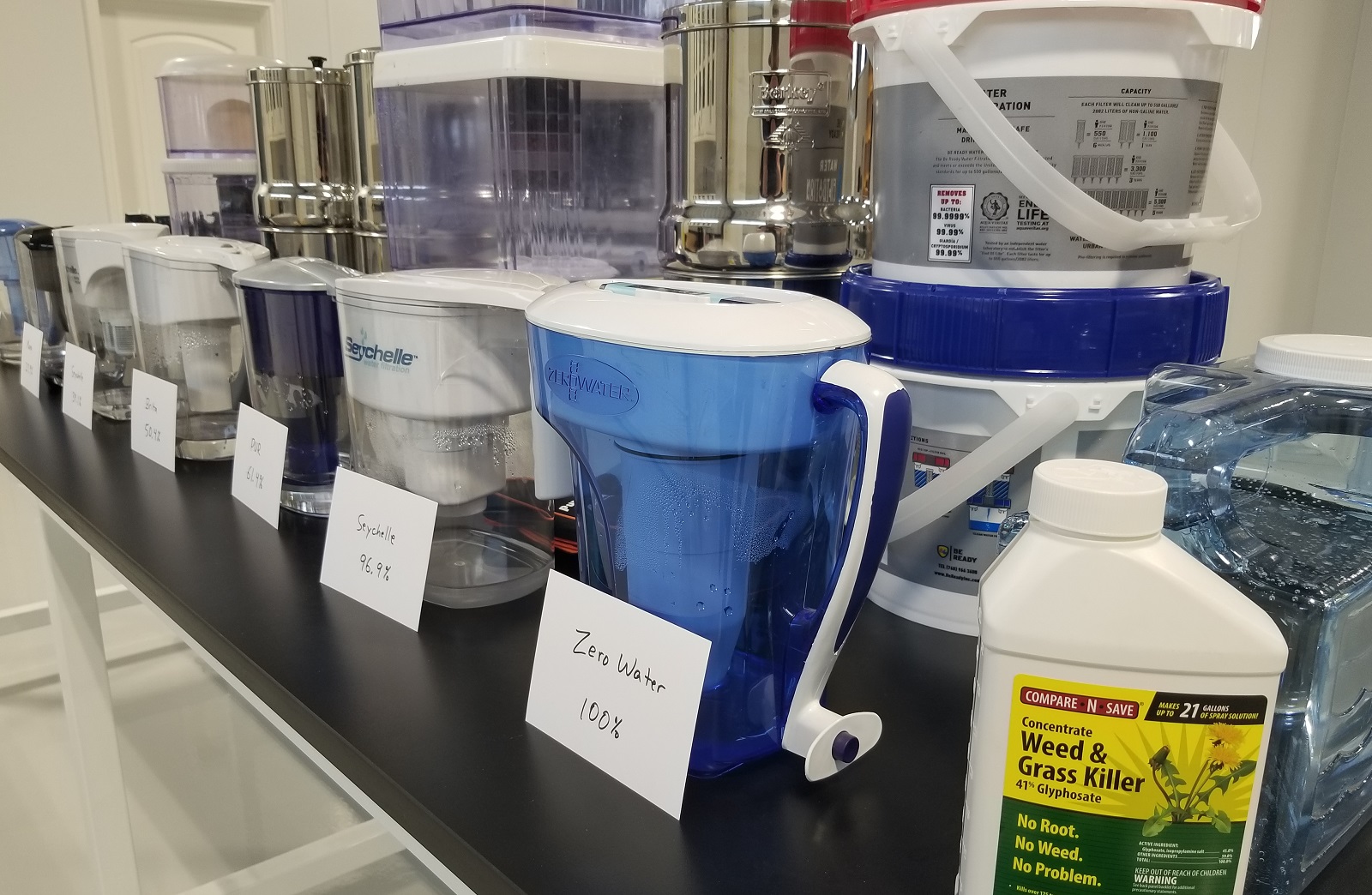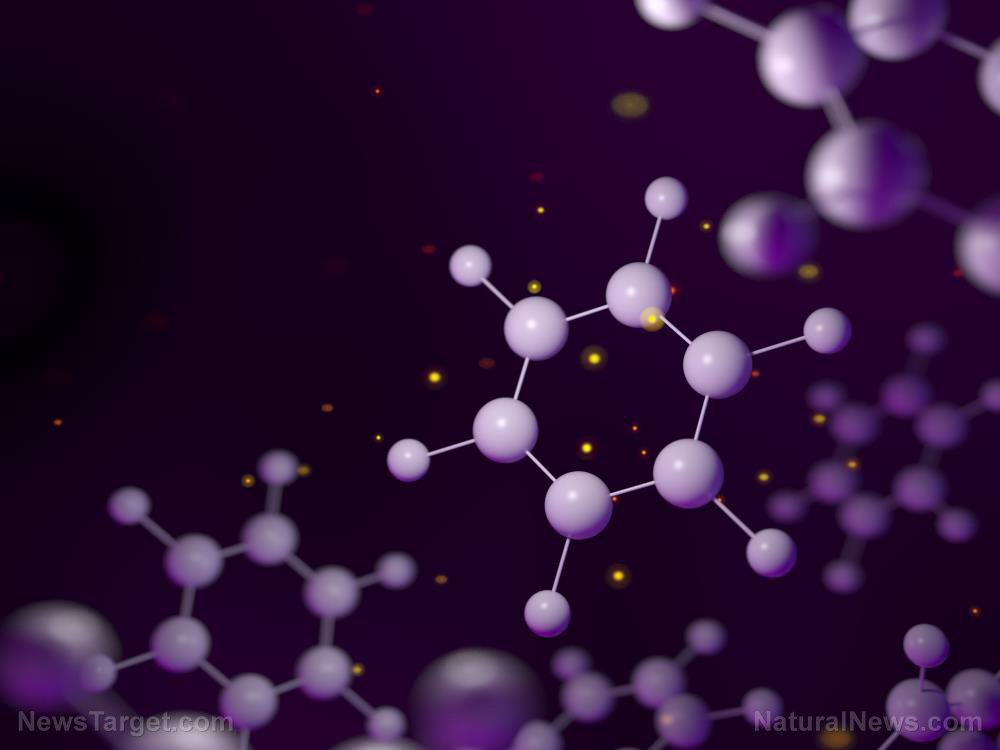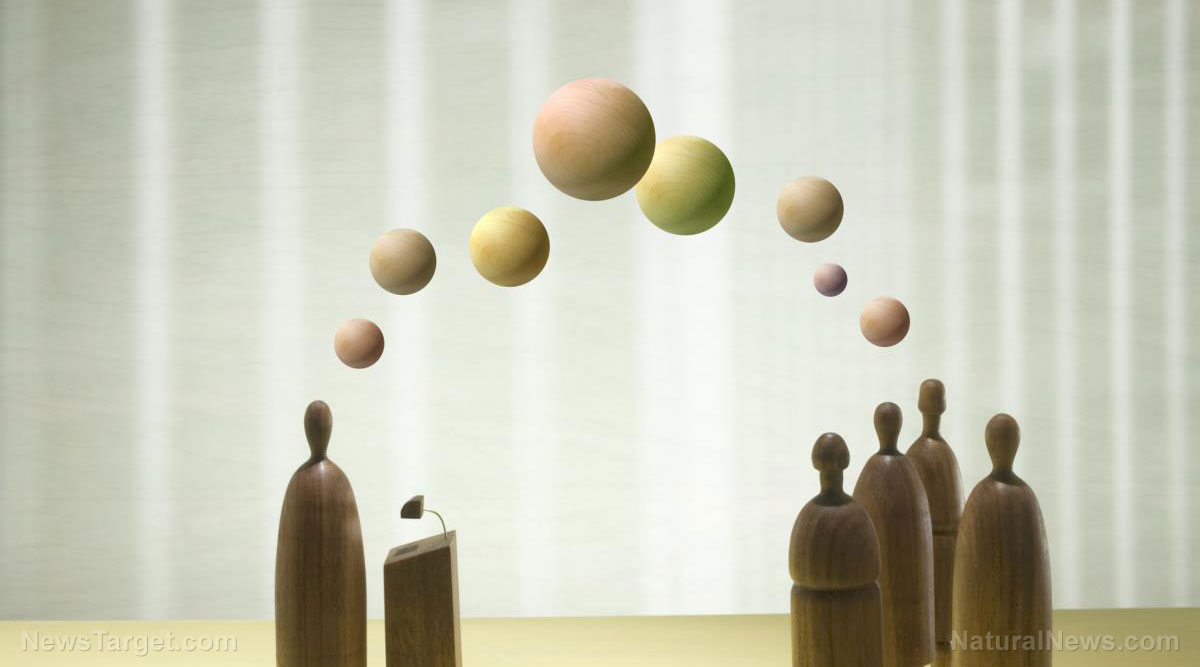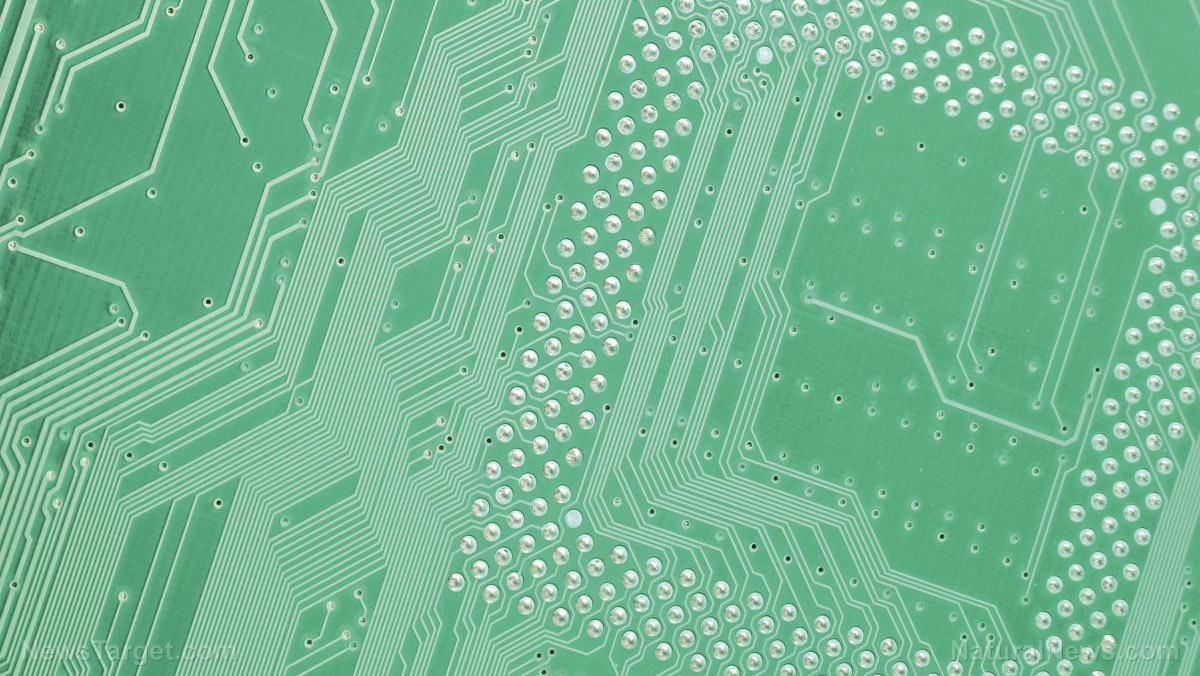Solar panels made with the heavy metal lead may soon be able to use “green” element BISMUTH instead
02/16/2019 / By David Williams

Scientists have finally found a non-toxic alternative to lead that can be used to build solar cells in the future — the so-called green element, bismuth. In a new study that was published recently in Advanced Materials, researchers found that bismuth may be incorporated into solar panels for roughly the same features and benefits as current models, but without the risky effects on humans, animals, and the environment.
Silicon has always been the material of choice for solar panels due to its effectiveness in converting light into energy. However, its low defect tolerance meant that it could only be produced after an energy-intensive process. As you can imagine, that’s not very efficient.
And this is where alternative materials can come in. For a while, perovskite solar cells — which are lead-based — looked to be the most promising material out there. It was cheaper than other alternatives and didn’t require a particularly high purity level. The only problem was that it used potentially toxic materials to humans, animals, and the environment. So that’s why the use of bismuth could prove to be the best solution available.
Ties to older research
According to Professor Judith Driscoll from the Department of Materials Science and Metallurgy at the University of Cambridge, co-author of the study, they’ve been eyeing bismuth for quite some time. “Bismuth oxyiodide has all the right physical property attributes for new, highly efficient light absorbers,” said Driscoll. “I first thought of this compound around five years ago, but it took the highly specialised experimental and theoretical skills of a large team for us to prove that this material has real practical potential.”
The study’s lead author, Dr. Roberty Hoye of Cambridge‘s Cavendish Laboratory and Department of Materials Science and Metallurgy, says that their research is rooted in a desire to find out why defects don’t seem to affect the performance of lead-halide perovskite solar cells as much as they would in other materials. “If we can figure out what’s special about them, then perhaps we can replicated their properties using non-toxic materials,” Hoye said.
In the study, the researchers found that bismuth oxyiodide can show the same defect tolerance as other lead-based solar cells. Compared with lead-halide perovskite cells, Bismuth oxyiodide was stable in air for at least 197 days. They also discovered that putting the new material in between two oxide electrodes, like in a sandwich, helped convert up to 80 percent of the light into an electrical charge.
Potential future uses
Bismuth is already widely used in cosmetic products, personal care products, and medicines. This new application shows that it still has plenty of promise. It is so promising, in fact, that the research on its use as an alternative material for solar panels has already caught the attention of several other people who are not directly involved.
According to Dr. David Scanlon, a theorist at Cambridge, the research could open the door to new possibilities.
“Previously, the global solar cell research community has been searching for non-toxic materials that replicate the defect tolerance of the perovskites, but without much success in terms of photovoltaic performance,” said Canlon. “When I saw this work, my team calculated based on the optical properties that bismuth oxyiodide has a theoretical limit of 22% efficiency, which is comparable to silicon and the best perovskite solar cells. There’s a lot more we could get from this material by building off this team’s work.”
Sources include:
Tagged Under: alternative energy, bismuth, future science, Lead, natural energy, renewable energy, solar energy, solar panels, sunlight




